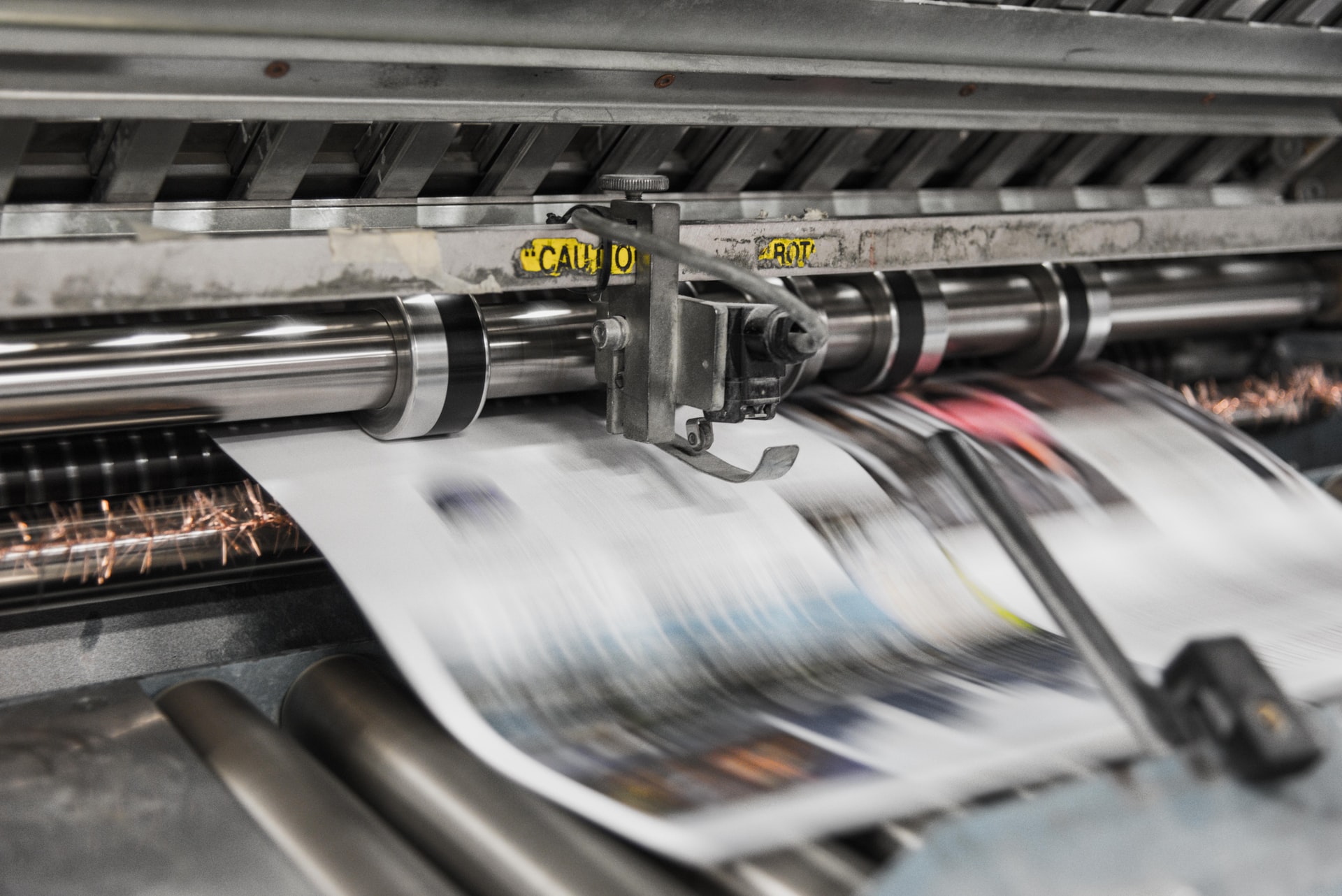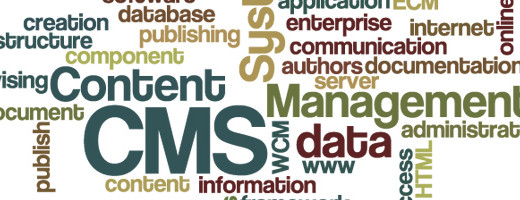Printing Industry Trends for 2020
0The U.S printing industry has continued to decline at an average of -3.3% per year between 2015 and 2020.
Overall, forecasts suggest that the printing market in the U.S will decline by 12% by the end of 2020, continuing to decline faster than the overall manufacturing sector as well as the overall economy (source: IBS World).
This suggests that the challenges facing the print industry in the modern age (from continued digitisation and the erosion of some revenue streams) are largely being combated by successful market players, largely through innovation and an ability to capitalize on core trends and opportunities in the sector.
 To this end, here are some of the key trends that will continue to shape the print industry in 2020 and beyond.
To this end, here are some of the key trends that will continue to shape the print industry in 2020 and beyond.
1. Security Remains a Key Driver of Competitiveness
The ever-shifting security landscape is creating a strong demand for intuitive, multi-layered solutions, particularly amongst discerning consumers.
This is why firms across the printing industry are investing increased amounts in cybersecurity measures, as a way of securing their customer’s personal data and establishing themselves as key competitors in the marketplace.
Of course, this trend is also prevalent throughout the workplace and information technology services sector, with an estimated 63% of IT decision makers saying that security represents the single biggest area of investment between now and 2025.
One of the key aspects of this revolves around the verification of users’ identification when looking to generate and print organisational reports, which has become increasingly complex during the coronavirus pandemic as a growing number of employees have begun to work from home.
More specifically, there’s a growing demand for those who represent business services to print sensitive content remotely from home, so service providers are moving quickly to allow for quicker, more efficient and verified printing that includes an additional layer of security.
2. An Increase in Technological Adoption
As we’ve already touched on, printing brands are thriving on the ability to innovate in the modern age, while around 93% accept that development and technological advancement is happening quickly in their industry.
One example of this is provided by IoT-based web-to-print software, which can help to connect different devices within the workplace as a way of driving large-scale work processes and completing tasks as quickly as possible.
Not only is the demand for such services in the business community accelerating the rate of technological advancement in the sector, but it’s also laying the foundation for multi-purpose print brands that continue to embrace aspects of the technology market.
This will help to optimise the relevance of printing brands, from traditional service providers to those with a more contemporary outlook.
3. A Gradual Shift in Print Designs and the Rise of Digitisation
The trends that drive demand in the print industry have also started to evolve during 2020, with customers now preferring to utilize basic and rich imagery over customary prints that are loaded with different elements.
This is part of a wider design trend, where cluttered and busy print designs are constantly being eschewed in favour of clean and straightforward alternatives.
At the same time, customers are also increasingly included to create digital copies of their documents that can be stored in the Cloud, with a view to securely accessing and sharing this with other recipients.
This is central to the digital work processes that exist today, and enable individuals to work remotely and print from a raft of different and inter-connected devices without compromising on their security.
4. The Rise of Artificial Intelligence (AI)
Make no mistake; AI is making a huge splash in the commercial world, with the forex trading market one of many to benefit from advanced machine learning, predictive analytics and the analysis of datasets from unstructured sources.
Fortunately, key players in the print industry have also begun to utilize AI technology in recent times, with this becoming an increasingly central component of modern business models in the market.
The Xerox and HP brands have recently extended their own AI capacity, having identified several key applications for the technology.
These include the utilisation of smart algorithms to intuitively determine specific document layouts (as a way of minimizing print waste) and the smart customisation of direct mail and catalogues to make them relevant to individual recipients.
5. The Adoption of Cloud MPS
Cloud MPS is a relatively new innovation, and one that can provide an accessible means for storing confidential data securely, while also ensuring that this remains across a number of different devices.
This is being adopted widely in 2020, with a host of market leaders at the forefront of this charge as they aspire to eradicate the intricacies of physical and on-site printing.
The integration of Cloud MPS technology will definitely help in this respect, with all print requests processed through a large-scale virtual print server.
As you can see, this will also negate the need for on-site servers going forward, potentially saving businesses money over time.
6. Embracing Inkjet Web-to-Print Solutions in the Digital Age
At this point, we can see that the print market is evolving rapidly in line with the ever-shifting demands of customers.
To serve this fluid and increasingly discerning market, the innovation of Inkjet web-to-print solutions has become increasingly prevalent throughout 2020.
This tends to primarily serve corporations and brands, which rely on speed, accuracy and quality on a large-scale, with a view to driving cost-effectiveness and improving the associated ROI.
Throughout the year, we should expect to see a wider range of such solutions enter an increasingly competitive market, which will boost both the print industry and its largest consumers.
7. The Expansion of Substrates
It’s arguable that this year will see the continued expansion in industrial printing, which essentially deals in the printing on an array of different substrates, shapes and materials.
Thanks to the type of innovation that we’ve discussed previously in the piece, clients can certainly print onto an almost series array of print applications in 2020, including metal, glass, packaging, textiles, labels and much more.
Arguably, innovation has ensured that the expansion of substrates within the print industry is now limited only by our own imagination, and this has driven huge growth within the industrial arm of the industry.
Even where the list of substrates varies, aforementioned inkjet technology enables clients to realise the same type of benefits, including metrics such as increased speed, high quality and inflated levels of customisation.
8. The Shift Towards Sustainability
We’ve already touched on the increasing dominance of digital printing, and this is undoubtedly having a positive impact on sustainability throughout the industry.
Further waste reduction is now also emerging from print overages and the elimination of out-of-date materials, while digital printing also drives considerable savings in terms of time, labour costs, distribution and (most importantly) energy consumption.
Even outside of this realm, both printers and end-users have managed to reduce waste simply by minimising plant preparation and so-called make-ready processes, and this is part of a wide and consistent drive industry wide.
In the traditional print market, the leading players are now also focusing on ensuring that they use the safest and most sustainable ink sources imaginable.
These are typically water-based and contain few (if any) harmful chemicals, making them far safer and more environmentally friendly than solvent-based alternatives.
The Last Word
In some respects, it can be hard to identify the key trends driving the print industry in real-time, not least given the pace of change in the market and the evolving demands of consumers.
However, we’ve definitely listed some of the most seminal and universal market trends here, many of which will also continue into 2021 and arguably beyond.
Ultimately, for print marketing businesses, the key is to follow these trends while also looking out for others that may impact on your firm, depending on your size and the precise demands of your customers!




